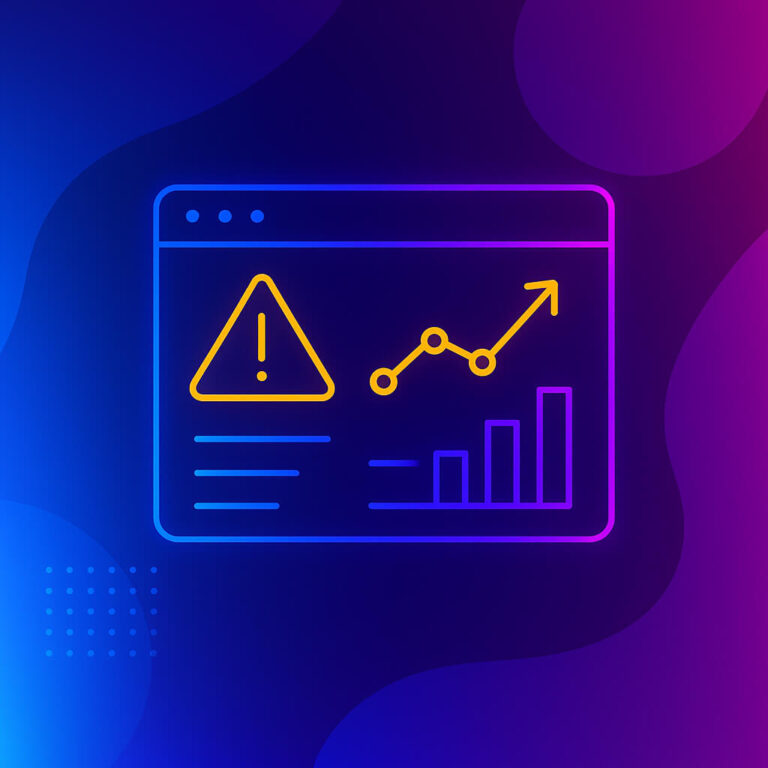Internal linking is an often overlooked, yet critical, aspect of SEO. When done correctly, internal links can enhance your website’s crawlability, improve user experience, and boost your search engine rankings. In this guide, we’ll explore the importance of internal linking and actionable strategies you can implement to strengthen your SEO performance.
What is Internal Linking?
Internal links are hyperlinks that point from one page of your website to another page on the same domain. They are used to create a logical flow between related pages, guide users through your content, and help search engines understand the structure of your website.
Why Internal Linking is Important for SEO
Internal linking helps both users and search engines navigate your site. Here’s why it’s crucial for SEO:
- Improved Crawlability: Search engine bots follow links to discover and index new pages on your site. A strong internal linking structure ensures all pages are easily accessible.
- Increased Page Authority: Internal links can pass authority from one page to another, boosting the rankings of important pages.
- Better User Experience: Internal links guide users to relevant content, increasing engagement and reducing bounce rates.
- Keyword Optimization: You can use internal links to anchor text containing relevant keywords, helping search engines understand the content on your linked pages.
Effective Internal Linking Strategies
1. Use Descriptive Anchor Text
Anchor text is the clickable text in a hyperlink. To optimize for SEO, use descriptive anchor text that includes relevant keywords and clearly indicates what the linked page is about.
2. Prioritize Important Pages
Not all pages are equally important for SEO. Focus your internal linking strategy on directing traffic to key pages—such as cornerstone content, high-converting landing pages, or important product pages.
3. Create Topic Clusters
A topic cluster is a group of related pages linked together with a central “pillar” page. This strategy helps improve content organization and boosts the SEO value of each page within the cluster.
4. Avoid Overloading Links
While internal links are beneficial, overloading a page with too many links can dilute their value. Focus on quality and relevance rather than quantity.
Common Mistakes to Avoid
- Using Generic Anchor Text: Avoid anchor text like “click here” or “read more.” Instead, use descriptive phrases that indicate the linked content’s subject matter.
- Ignoring Orphan Pages: Orphan pages are pages on your site that are not linked to from any other page. Ensure all important pages have internal links pointing to them.
Conclusion
Internal linking is a powerful yet simple way to improve your website’s SEO. By implementing these strategies, you’ll create a more cohesive and user-friendly site that both search engines and visitors will appreciate. For personalized advice on building a strong internal linking strategy, contact Digital Roots Media today.



